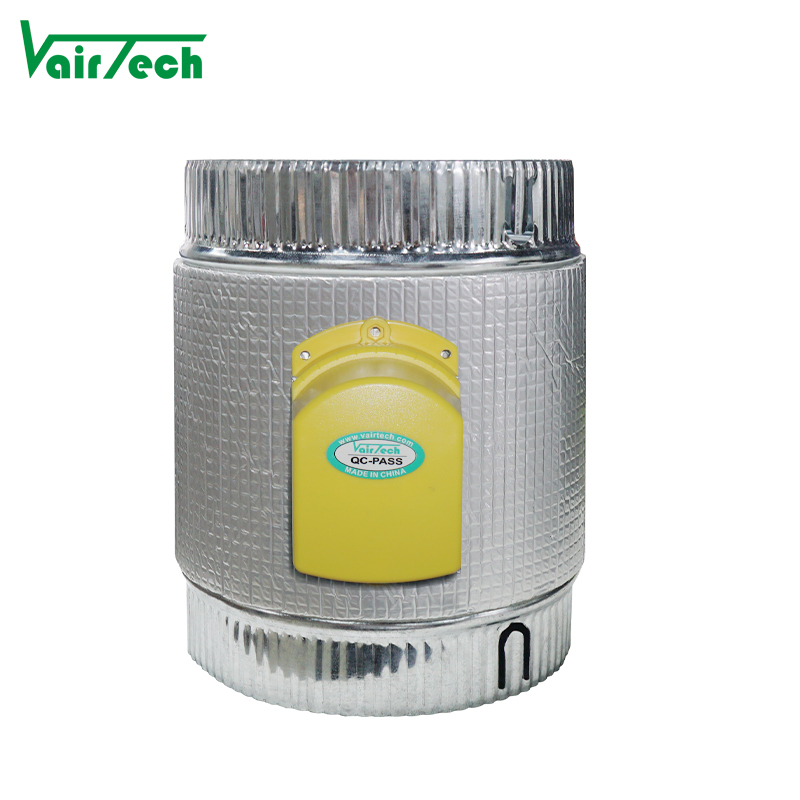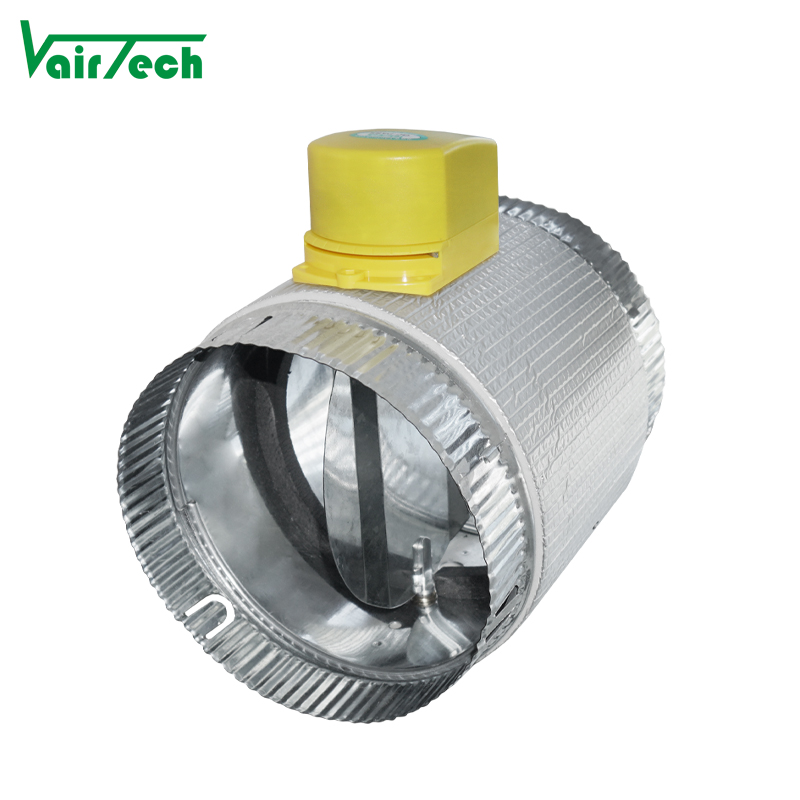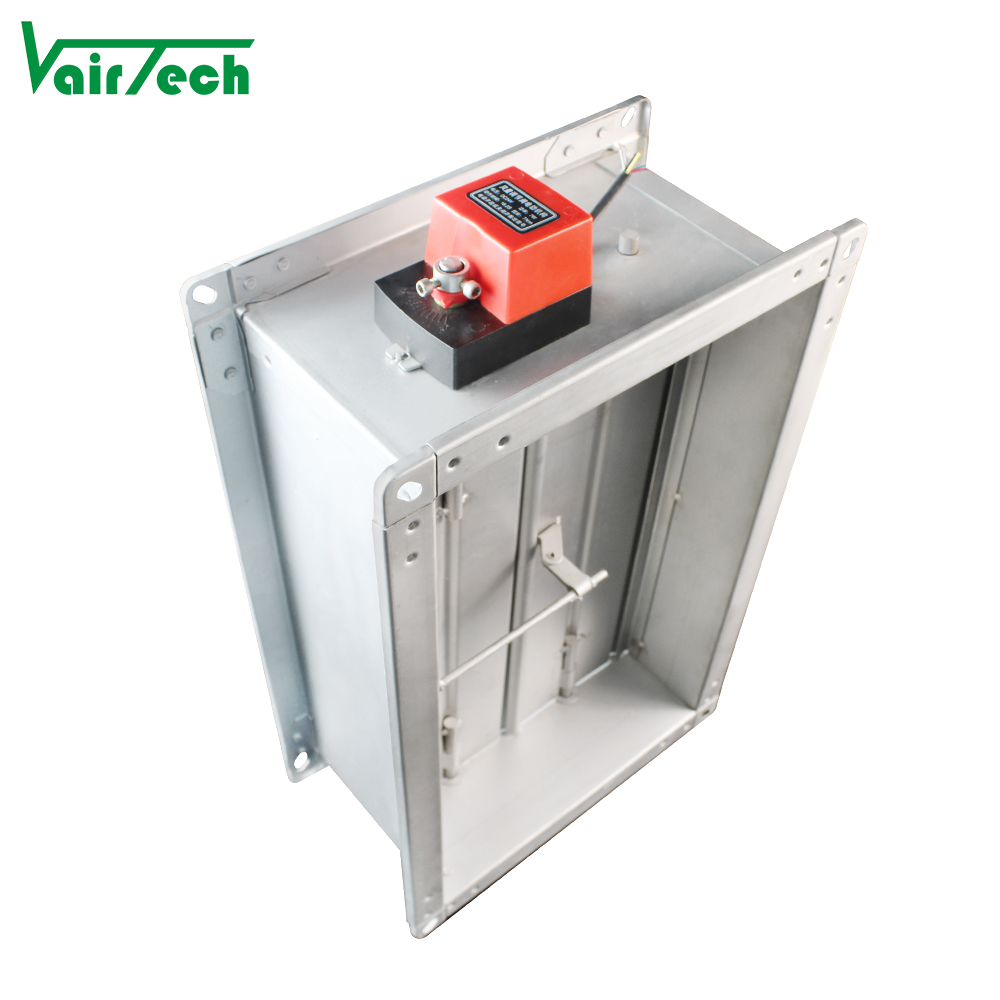Ventilation air grille diffuser
air vent manufacturer since 2002
 Vairtech
Vairtech  2025-09-04
2025-09-04
Damper actuators are versatile components with a broad range of applications in Heating, Ventilation, and Air Conditioning (HVAC) systems, as well as in industrial processes. These devices control the flow of air or other gases by adjusting the position of dampers within a duct or air handling unit. The precise control they offer is essential for maintaining optimal indoor environments and efficient industrial processes. Here are some detailed applications of damper actuators:
Air Distribution:
In buildings, damper actuators play a crucial role in distributing air to different zones or rooms. They ensure that each area receives the appropriate amount of heating or cooling, enhancing comfort and usability of spaces. By modulating the damper’s opening, these actuators can direct more or less airflow to specific regions, adapting to changing requirements or occupancy patterns.


Energy Efficiency:
Damper actuators contribute to energy efficiency by managing the flow of air through a building. In large buildings where energy consumption can be significant, these devices help to reduce waste by ensuring that only necessary areas are conditioned. This targeted approach not only saves energy but also reduces costs associated with excessive heating or cooling.
Temperature Control:
Integral to temperature regulation, damper actuators work in conjunction with thermostats or automated building management systems. They adjust the flow of heated or cooled air to maintain desired temperatures accurately. Sophisticated control algorithms can use input from sensors to make fine adjustments, resulting in consistent and comfortable environments.
Smoke and Fire Control:
In critical safety systems, damper actuators serve to halt airflow, preventing the spread of smoke and fire. During a fire event, they can close off ventilation paths automatically or through manual activation, which is vital for controlling the spread of fire and protecting occupants.
Industrial Processes:
In industrial settings, damper actuators regulate the flow of process air to maintain consistent temperatures and humidity levels. This is particularly important in processes like drying, cooling, or any other that requires precise climate control for product quality and consistency.


Ventilation:
For effective ventilation, damper actuators regulate airflow, especially important in high-occupancy buildings or environments where air quality is paramount. They can help to remove stale air and introduce fresh air, ensuring a healthier indoor atmosphere.
Pressurization:
In environments requiring specific pressure differentials, such as hospitals or cleanroom facilities, damper actuators play a key role. They help maintain a positive pressure to prevent external contaminants from entering critical areas, thus ensuring a cleaner and controlled environment.
Furthermore, as mentioned in the original context, damper actuators find application in industrial processes like flue gas systems. Here, they control the flow of exhaust gases, which is crucial for environmental compliance and process efficiency. The ability to modulate these gases allows for optimization of combustion processes and reduction of emissions.
In summary, damper actuators are integral to both HVAC systems and industrial applications, offering precise control over airflow and playing a significant role in energy conservation, safety, and process optimization. Their versatility makes them an indispensable component in various environments where air management is critical.